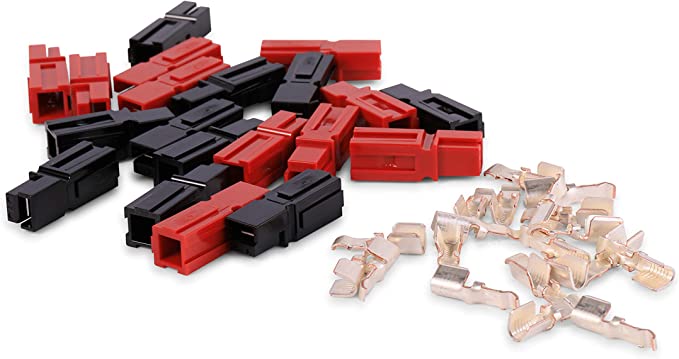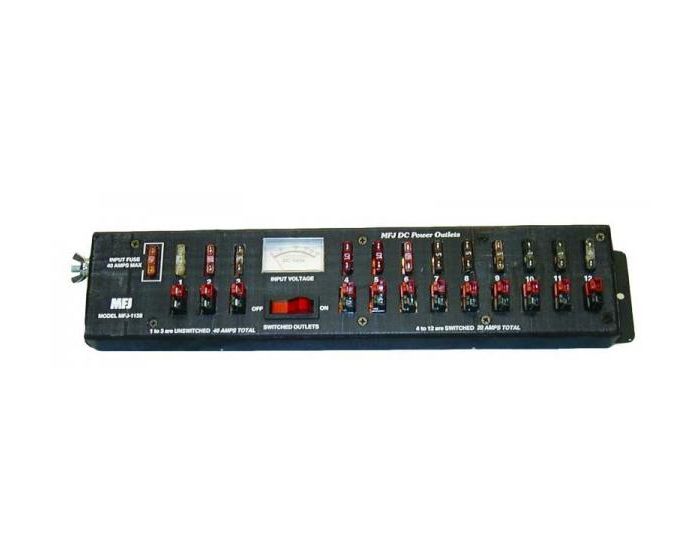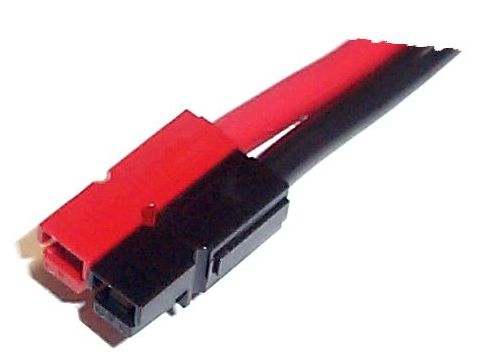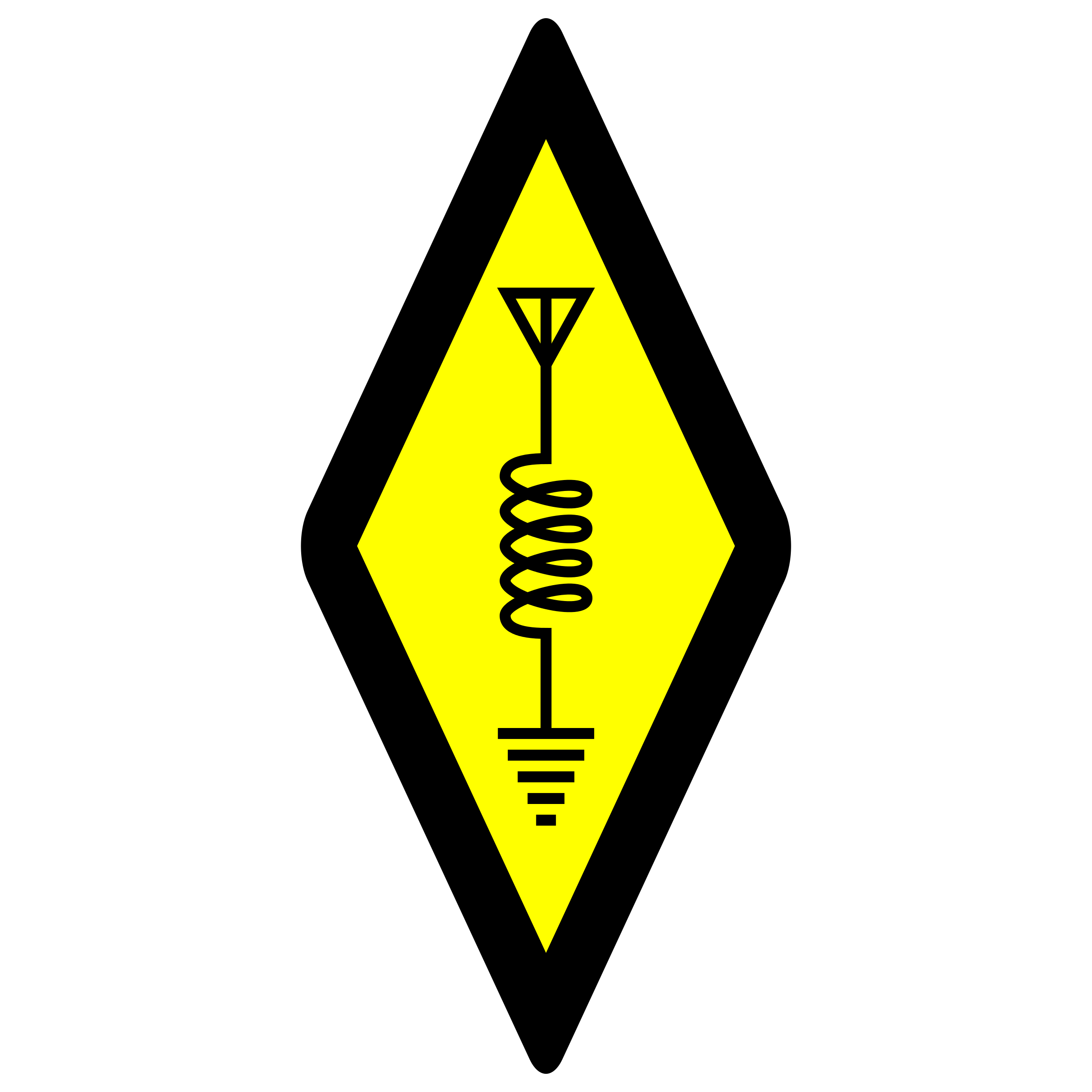
Standardize on Powerpole Connectors
Soon after you setup your first station you will most likely find yourself needing to add additional radios or equipment to your shack 12v (or 13.8v) power supply. Perhaps you find that you want to connect more than one radio or device to a 12v battery. Deciding on a standard method to connect all of these devices to their power sources could bring convenience and flexibility to your shack and mobile setups.

Anderson powerpole connectors are common in the amateur radio community and are widely available. The idea with these connectors is that they allow for power connectivity between any device. For example, if you had a powerpole connector on your shack supply, radio, and battery, you could easily switch your radio from an AC supply to a battery source. Or, you could use a powerpole distribution block to connect multiple devices to the same supply.
In addition to providing a standard power connection across all your devices, the powerpole connectors also allow for quick disconnecting and reconnecting. This is especially handy if you’ve used screw terminals or other methods which are not as easy to connect or disconnect.

I use a standard 13.8v supply which I have connected to an MFJ-1128 powerpole distribution block. Many of these distribution blocks have fuses on each input, adding an additional layer of protection to your supply and connected equipment. Each device is then connected to an output on the distribution block. Adding an additional radio or other device which needs 13.8v is very easy. Simply plug it into an open spot on the block.
I use another powerpole distribution block for portable use, connected to a battery. This allows me to connect multiple devices to the battery and add or remove devices easily. Further, I’ve used a powerpole connector for the battery charger as well.
Because I use powerpole connectors on all devices and power sources, moving a device from one source to another is easy and convenient.
Getting Started
There is a small investment that needs to be made to adopt this standard. First, you’ll need a powerpole crimper. Next, you’ll need to purchase a bunch of connectors for the existing power sources and devices you already have. Lastly, you might also want to invest in a powerpole distribution block. In my experience, these can be a bit expensive for popular brands. However, there are some generic brands which have decent reviews which could work just as well. Be sure to read the reviews and comments before purchasing a generic brand unfamiliar to you.
Multiple Sizes
The most common size for powerpole connector housing amateurs have adopted is the PP15 / PP30 / PP45 style connectors. For larger current demands, larger sized housings are used, such as the SB-120.
There are 3 different size receiving barrels (15 amp, 30 amp, and 45 amp) but all 3 fit within the same sized housing. This means that a 45 amp connector will fit and plug with a 15 amp connector. The reason behind the 3 different size receiving barrels is to accommodate for various sized wires you would attach the connectors to. For example, the 15 amp receiving barrel would be suitable for 20, 18, and 16 AWG wire. Powerwerx has a great illustration of these sizes and the corresponding wire size they match to. Be sure to use the appropriate crimp tool and die size for the barrel you’re using. You don’t want to crimp a PP45 barrel with the PP15 die size.
It’s been my experience that stranded wire works best with these connectors.
Crimp, Don’t Solder
For several reasons, avoid soldering the barrels to your wire! In my experience, soldering will inevitably cause a condition where the solder moves past the wire inside the barrel and into the contact area where the two connectors “mate”. If this surface is coated with silver or other alloy for better conductivity and durability, the solder over this surface may result in a poor connection, or may cause the connector to wear prematurely.
In addition to potentially creating a poor connection between mated contacts, soldering can be a weaker mechanical connection than crimping. Solder is mostly lead, and is easily pliable. Wire held inside the barrel with solder rather than being crimped, it is most likely not as sturdy. If the wire is moved often or plugged and unplugged often, it may break. Not only can solder move from the barrel to the contact area of the connector, it can move in the other direction – into the wire, backwards. This makes the wire more brittle.
Most will agree or argue that a crimp is a far superior mechanical connection to solder for wire connectors which are exposed and moved.
Left-Red, Right-Black
When connecting two powerpole connectors together, you align the colors. If your connectors have red on the left and black on the right, you’ll be able to mate with all connectors on all of your equipment universally and within the amateur radio community.

Small Gauge Wire
Some equipment has power connectors with a small gauge wire (less than 20 AWG), and crimping doesn’t quite grip the wire strong enough. Don’t be tempted to solder! Instead, try stripping off double the length of shield normally needed, twist, then fold half over, then crimp as usual. This will fill more of the barrel for a more solid crimp, but it still leaves a less durable attachment to the connector. You can add a rubber sleeve over the wire and connector, or use heat-shrink tubing to add some strength to the connection between the connector and the wire.
If you choose to adopt this standard, you’ll find that many other radio amateurs are doing the same, and if you find yourself sharing power sources or equipment out in the field, you’ll have a compatible method of connection ready to go.
Now that you have an introduction to powerpole connectors and how they can be useful, watch Dave Casler’s video on the subject. You’ll be able to see some examples of how to crimp and assemble these connectors. It may seem like a bit of a challenge at first, but after you’ve used them a few times, you’ll become an expert.
